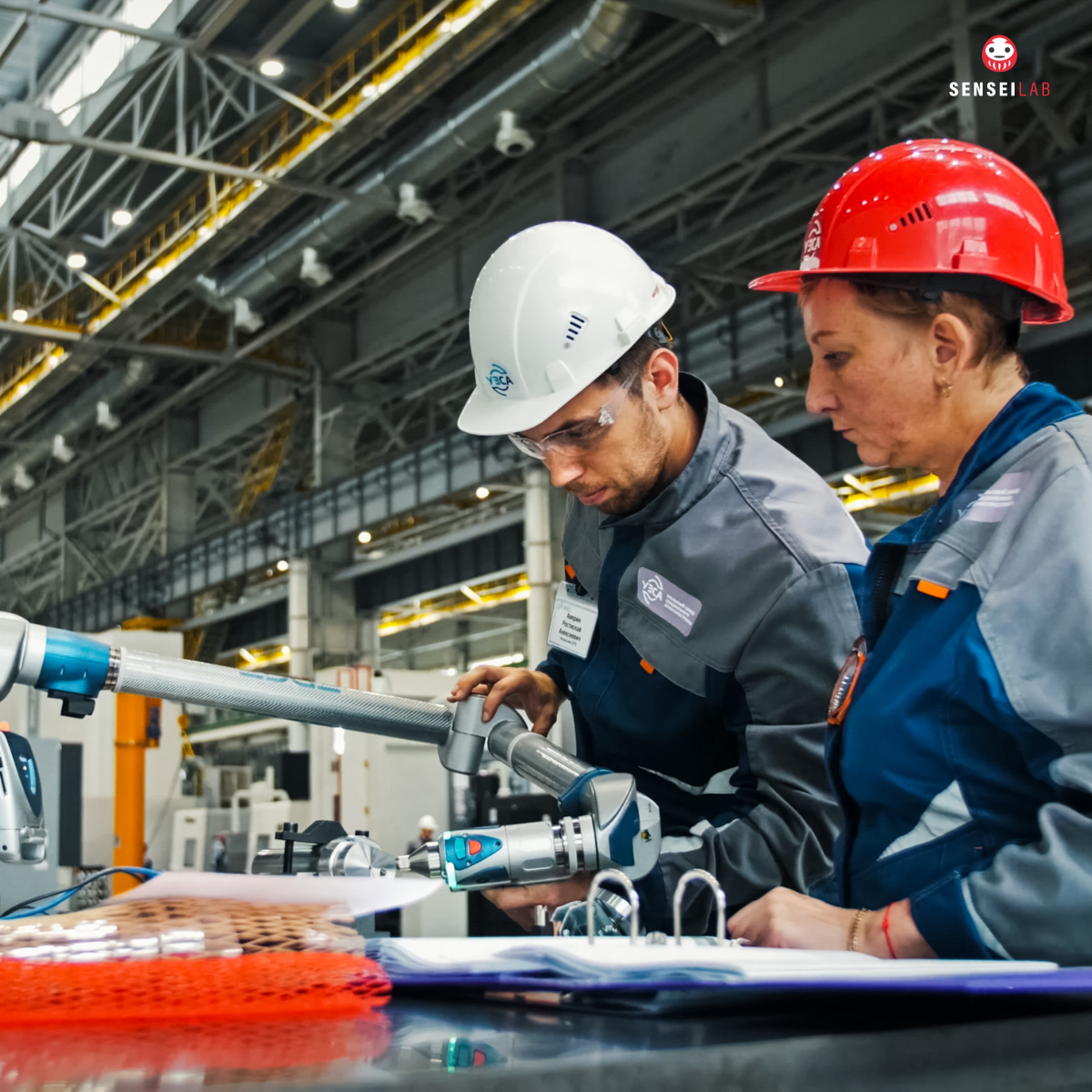Why Lean Fails Without People Lean transformations often begin with enthusiasm—leaders set ambitious goals, deploy new tools, and restructure processes. Yet, despite these efforts, the failure rate for Lean initiatives is estimated to be between 60% and 95%. Why? Because the success of Lean is not just about methodologies and metrics—it’s about people.
I once worked with an aerospace manufacturing company that launched a Lean transformation with all the right technical elements: value stream mapping, standardized work, and Kaizen events. However, six months in, performance improvements stagnated, and frustration set in. The issue? Employees saw Lean as something being done to them, not with them. They didn’t see the purpose behind it, felt overwhelmed by unrealistic expectations, and didn’t believe leadership was truly committed. This is the hidden root cause of most failed Lean efforts: disengaged teams.
The Pitfalls of Top-Down Change
When Lean is approached as a leadership-driven, top-down initiative, it often leads to resistance. Here’s why:
- Unclear Motives and Unrealistic Expectations: If employees don’t understand why changes are happening, they won’t buy in. Leaders must clearly communicate the vision—not just efficiency gains, but how Lean benefits employees and customers.
- Insufficient Training and Education: Many teams are thrown into Lean projects without the skills or understanding necessary for success. Without proper training, fear and frustration grow.
- Lack of Leadership Commitment: If Lean is seen as a short-term initiative rather than a fundamental cultural shift, employees quickly lose confidence. Leaders must model the behavior they expect from their teams.
From Change For People to Change With People
The best Lean transformations aren’t imposed; they are co-created. True engagement happens when employees feel like active participants in shaping improvements. Here’s how to shift from a directive approach to a collaborative one:
- Empower Employees: Encourage every team member to be a daily problem solver. Create structured ways for employees to propose and test improvements.
- Open Communication: Hold daily stand-up meetings where frontline teams can voice concerns, share insights, and track progress together.
- Create a Supportive Culture: Emphasize learning over blame. Mistakes should be seen as opportunities to refine processes, not as failures.
One aircraft maintenance facility I worked with saw incredible success when they introduced a simple but powerful shift: instead of mandating process changes, they invited mechanics to identify the most frustrating inefficiencies in their daily work. The result? Teams developed practical, high-impact solutions that led to a 30% reduction in turnaround time. The best part? They owned the improvements because they designed them.
The Power of Small Wins
One of the biggest misconceptions about Lean is that it requires dramatic, sweeping changes. In reality, sustainable transformation is built on small, incremental improvements that create unstoppable momentum. Here’s how to harness the power of small wins:
- Recognize Achievements: Celebrate when a team eliminates a recurring defect, reduces waste, or improves workflow.
- Implement Reward Systems: Recognition doesn’t have to be monetary—simple acknowledgments, shout-outs, or internal success stories boost morale.
- Share Success Stories: Make small wins visible across the organization to inspire others and reinforce the culture of continuous improvement.
At another aerospace firm, leadership began publicly highlighting even minor process improvements in their weekly communications. Within months, participation in improvement efforts skyrocketed—why? Because employees saw that their ideas mattered.
Strategies for Engaging Teams in Lean Transformation
To make Lean truly work, organizations must take a people-first approach:
- Focus on Process Improvement: Instead of just chasing KPIs, emphasize better ways of working that naturally drive safety, quality, and efficiency.
- Ensure Job Security: Employees won’t fully engage in improvement efforts if they fear automation or restructuring will eliminate their jobs.
- Provide Necessary Resources: Give teams the time, tools, and training to implement Lean effectively.
- Develop Internal Capabilities: Invest in long-term Lean expertise rather than relying solely on external consultants.
- Adapt to Changing Needs: Continuously review and refine Lean initiatives to keep them relevant and aligned with business goals.




